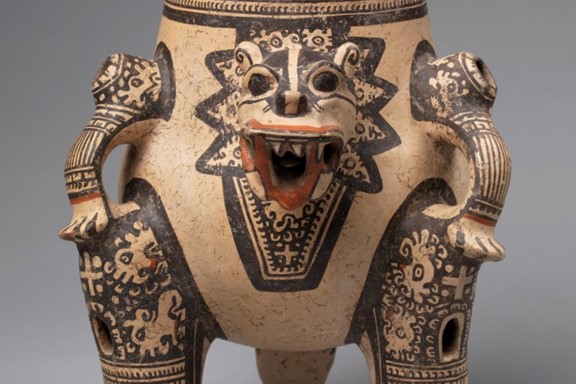Empowered, Not Disabled: An Ancient Shaman Effigy Vessel at the Carlos Museum

In a sensitive interpretation of ancient artifacts, Rebecca R. Stone, PhD, explores how other cultures may assign an elevated status to those living with disabilities, seeing them not as afflicted but as gifted with special healing powers.

